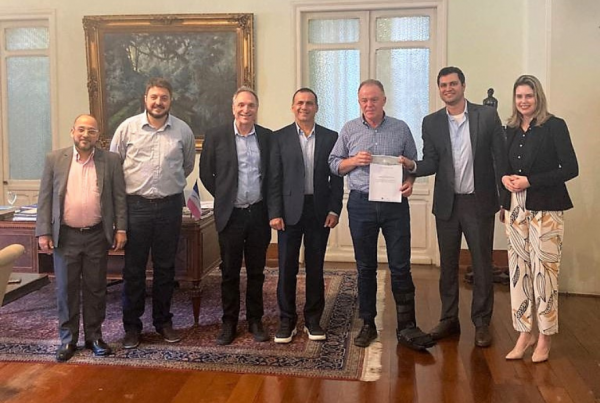The Bretton Woods meeting in 1944 was the birthplace of a new world economic order. On the economic level, it had at least two pillars: the revival of trade and the growth of capital flows aimed at productive investment. It promoted active planning and public policies, as compasses for private decisions on transformative investments – in physical and social infrastructure, in the productive sector, and in technology. The expected result of this new order would be to encourage peace through “shared and interdependent prosperity.
As Joseph Stiglitz reminds us in the preface to Karl Polanyi’s “The Great Transformation” (2001 edition), two factors have undermined this “multilateralism of peace”. On the one hand, the liberalization of financial flows allowed speculation, which culminated in the abandonment of the convertibility of the US dollar to gold – a critical pillar for the expansion of trade. Macroeconomic policies have focused on the sustainability of the balance of payments, with positive real interest rates and security for financial investors. This coincided with the rise of a view that only the free market could create widespread growth and prosperity.
Since then, the IMF and the World Bank have become the bastions of the minimal state, of reforms aimed at limiting the scope of public action, and of the liberalization of markets (especially financial markets). On the other hand, asymmetry in dealing with global imbalances has increased. In response to the crisis generated by the 1979 interest rate shock in the United States, the two Bretton Woods institutions led programs in Latin America that sank it or left it adrift throughout the 1980s. The same prescription applied to the economies that emerged from the fall of the Berlin Wall in 1989. For Russia and Ukraine, “crop salvation” (literally, in the second case) would only come with the commodities boom of the 2000s.
The result was growing resentment, which only increased after 2009, with the global crisis brewing in the American financial heartland. Its overcoming initially raised a “breath of hope” for the return of the “multilateralism of peace.” That was when the meeting that elevated the G20 to a forum of leaders, as a new center of a multipolar economic governance, took place. Emerging and developing economies have responded accordingly, contributing their own reserves to the global recovery, and even some with much higher per capita incomes than their own.
The excitement was short-lived: some G20 members began to use their privilege of issuing hard currency to escape the crisis with quantitative easing, which only aggravated the tendency toward imbalances and speculative outbreaks in the rest of the world. They returned to the old practices and asymmetries – some with full freedom to promote growth and transform their economies; others with harsh “homework,” draconian adjustments, recession, unemployment, and hunger. At the level of ideas, much was said, but the system turned a blind eye when the rich became billionaires, while social exclusion became worse, and poverty increased in developing countries. All this has helped create the political cauldron of polarization and the rise of authoritarian leaders who scoff at and despise any form of multilateralism and peace. And here we are.
Brute force between groups of nations is not acceptable, nor is it an option to combat the real risks of more wars, humanitarian, climate and nuclear tragedies. Condemning heinous aggression by one country against other peoples is a critical function of the United Nations. But it is not enough. It is urgent that the UN plenary again vigorously demand a new multilateralism – one based on shared prosperity and a coordinated response to pandemics, escalating poverty and hunger, the environmental crisis, and other global crises. This is not utopia: it is an imperative for our survival.




